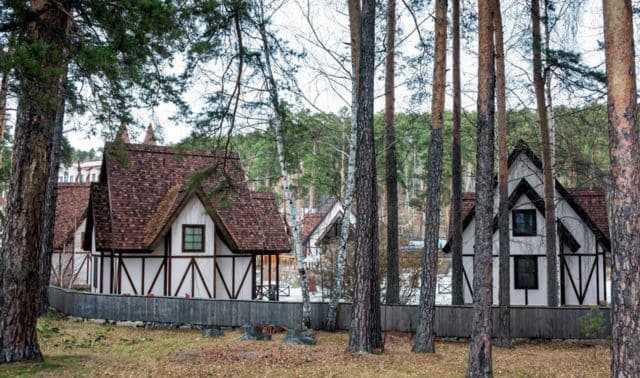Sign up for the Family Tree Newsletter! Plus, you’ll receive our 10 Essential Genealogy Research Forms PDF as a special thank you.
Get Your Free Genealogy Forms
"*" indicates required fields

Genealogy scholar Roger P. Minert, a Brigham Young University professor, has rather famously noted that German town names are used an average of three times, often creating some difficulty in determining “which” village of a particular name is being referenced in records.
Geographic identifiers
One help for this problem is that identically named German cities and towns often have a geographic identifier attached to them – such as the name of the state with which they’ve been historically associated or a nearby river. For example, there is Frankfurt am Main (the western German city with one of the world’s largest airports) and Frankfurt an der Oder (a city now on the border with Poland).
Helpful additions
Another way of precisely identifying the village or city is to add the names of the German equivalents of county and state to the village’s identification, such as “Eiserfeld, Siegen-Wittgenstein, North Rhine-Westphalia, Germany.”
ADVERTISEMENT
While adding these other jurisdictional layers can be a big help for identification, there are still a few other issues with which to deal. It’s only in a relatively few instances that the jurisdictions of municipalities today are the same as they were when the great majority of German-speaking immigrants came to America.
For example, Eiserfeld was a part of Grafschaft (countship, ruled by a count) of Siegen-Nassau for centuries, including the First Wave of German immigration to America in Colonial times, and then part of the Kingdom of Prussia’s Provinz (province or state) of Hessen-Nassau during the Second German Empire period (1871-1918). Ideally, identification of the place name should list the jurisdictional units as they existed on the date of the record, followed by their modern-day equivalents in parentheses. Using a First Wave immigrant as an example, his birth in Eiserfeld might be recorded as follows: Eiserfeld, Siegen, Siegen-Nassau (today, Eiserfeld, Siegen-Wittgenstein, North Rhine-Westphalia, Germany)
On the other hand, as a place of birth for a Second Waver (this includes emigrants after the American Revolution through World War I) would be documented this way: Eiserfeld, Arnsberg, Westphalia, Prussia (same for “today” as in First Wave example)
ADVERTISEMENT
There’s also some debate in genealogy circles on whether to the jurisdictional units should be listed from “smallest to largest” or vice versa. Most sites use the former while FamilySearch’s Family History Library Catalog uses “largest to smallest” – that is, starting with the country name and working down to the village, town or city level.
Spelling variances
Another situation is that a fair number of place names are spelled differently in German than they are in English. From the above example, the state of North Rhine-Westphalia is called “Nordrhein-Westfalen” in the German language. When citing place names, the language difference can usually be handled with more parentheses or footnotes.
The question of country
Finally, what’s proper for the “country” entry? From the end of World War I to the present, “Germany” is proper, but before that point – even during the Second German Empire – the German states were independent entities, so listing “Germany” (or “Holy Roman Empire” during its existence doesn’t conform with historical reality, since both the Second Reich and the Holy Roman Empire were more like supra-national bodies such as the European Union or United Nations.
ADVERTISEMENT




